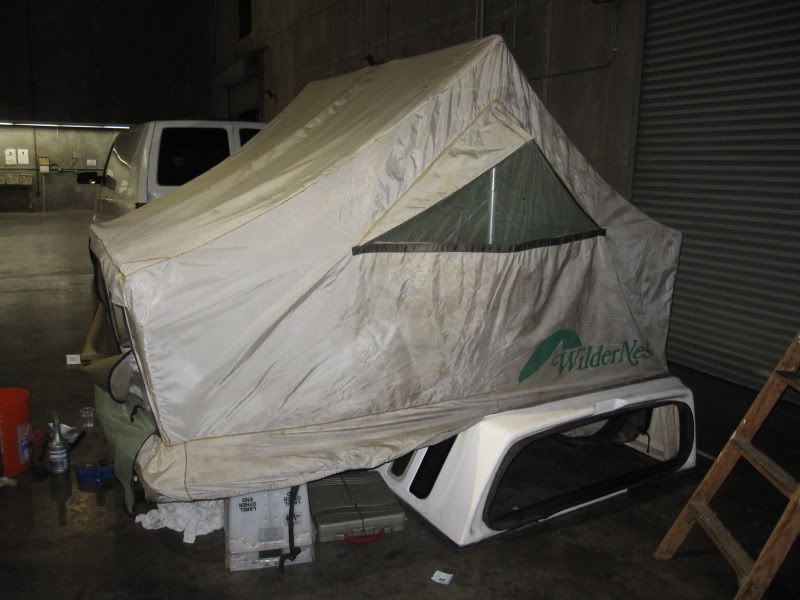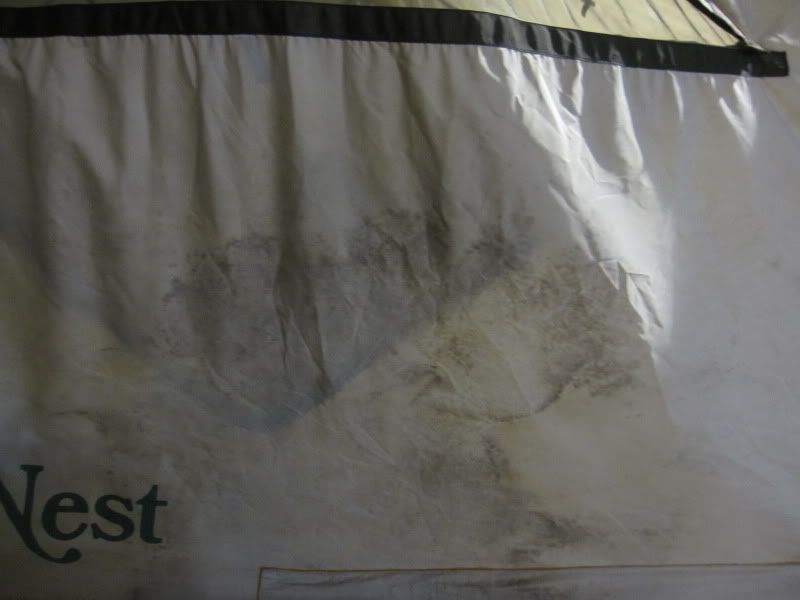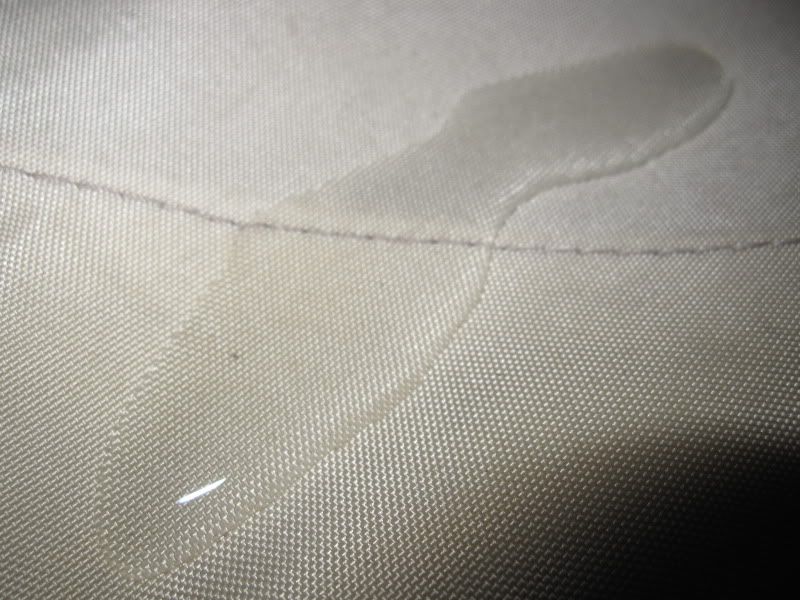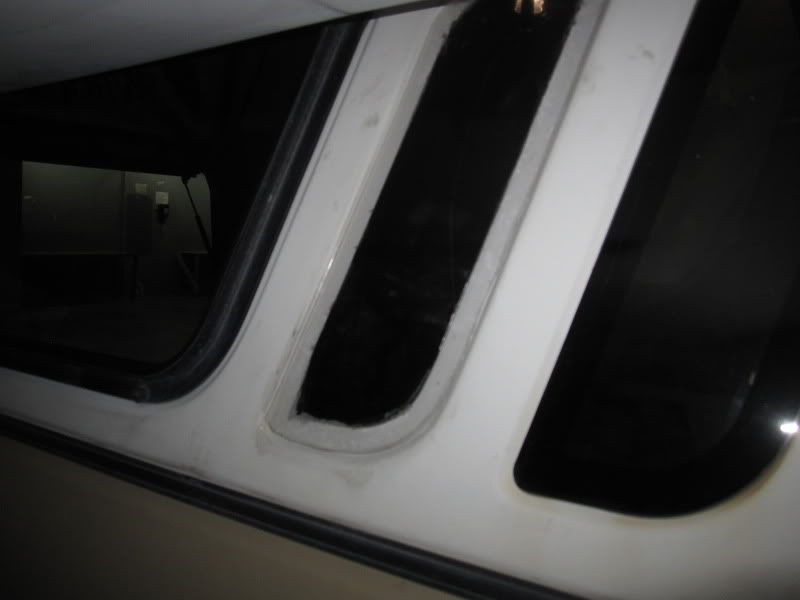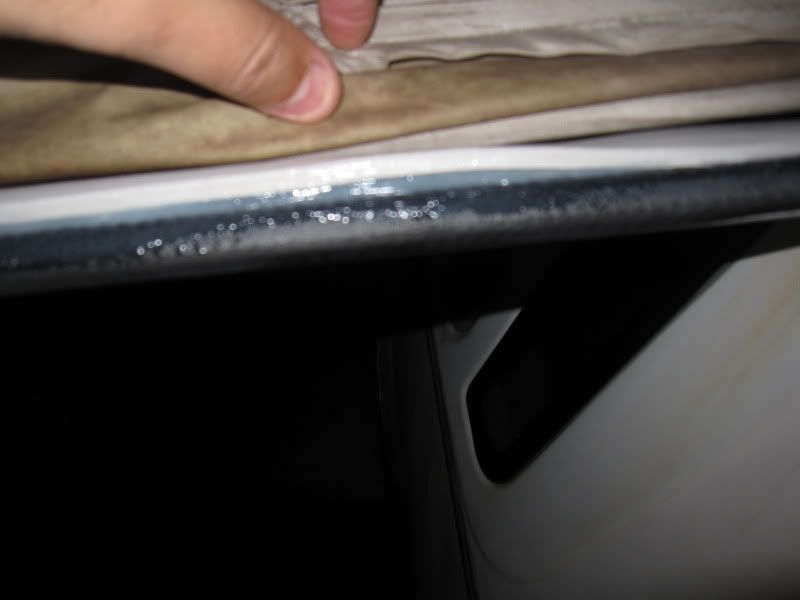shahram
Adventurer
Let me make a confession: I'm cheap.
I'm also broke. But, even if I was filthy rich, I'd still be cheap. I'd be a millionaire in an '86 Hilux with no air conditioning. I buy generic toilet paper, sniff out the dented cans, and get all my camping gear off of Craigslist and the occasional clearance item at Target. Beyond that, I usually begrudgingly buy only the things I absolutely need.
However, as much of a skinflint as I am, I still have wants in addition to needs. And with an open-bed pickup truck, I wanted a little more security to protect the sleeping bag that I found on the side of the highway, or the garage sale camp stove, or my hand-me-down air compressor, from thieves who might strike while I'm in Taco Bell, raiding the dollar menu.
I also wanted a sheltered place to sleep off a few too many generic light beers--a higher-efficiency, sneaky-camping alternative to dragging my camp trailer behind my Land Cruiser--a way to avoid having to pay for a campground spot near the surf breaks. I decided on a camper shell, and started perusing Craigslist for the perfect desperate sucker who needed to offload one, and didn't care about money.
Because of my 1986 Hilux 4x4's long bed dimensions (88" long by 60" wide--not common), pickings were very slim. But there were a handful located around Southern California. Most that were in any sort of passable condition were over $400--my total budget for the project. And most were more than fifty miles away--too much gas money to just go and check out.
I happened to catch a Wildernest that a guy was selling in Venice Beach. I called and checked it out on a Sunday morning after a rain storm. He was a nice kid, but the camper needed work--leaks, smelly canvas, some mold issues--and his starting price was a bit over my budget. I passed. And lucky I did, as another guy down in Orange County was selling the same model for less money, and according to him, needed less work.
Here's where I should have remembered a lesson I learned at the strip club: SOME THINGS LOOK BETTER IN A CERTAIN LIGHT. Or, in this case, at night. The Wildernest was in passable shape; the shell itself was unmarred and solid, the seals appeared intact and felt supple. The hinges and latches were almost completely rust-free and moved smoothly. Poles and cables were in near-perfect condition.
There was, however, one broken window--right-side, rear, smaller "Partridge Family" shaped one. The gas shocks that suspend the rear door were blown and oily. The canvas, while unripped and flexible, was rather moldy in two large spots, and smelly pretty much everywhere. I talked the price down to $250, figured if I had to sacrifice the canvas, I still had a platform to build a "Dormobile" style top, and knew I wasn't going to find anything as unusual as this for that price. So, we shook hands, he helped pry the $250 out of my fingers, we clamped the heavy SOB down to the bed, accidentally ripping the base rubber off the camper, and I was off.
One hour later, I had it in my warehouse, and began to assess my new project's needs in a less flattering, albeit more accurate, light. It wasn't pretty, but it just might work.
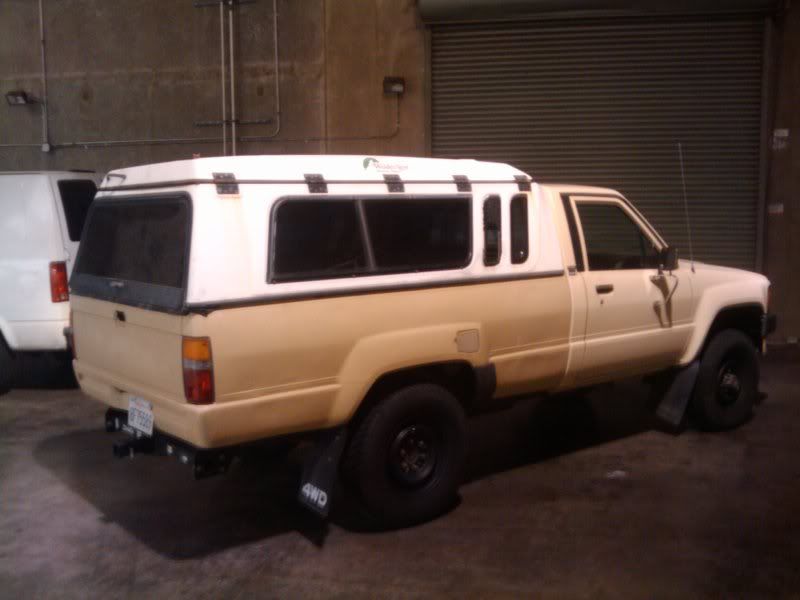
The next day, I hit up a camping store and Home Depot for restoration supplies.
Camp store:
--Mirazyme (a mold-eating solution made specifically for tents), two bottles, 2 oz. each.
--Atsko Silicone Water Guard, for waterproofing the canvas after cleaning, 4 bottles, 12 oz. each.
Total: ~$50
Home Depot:
--Lexan, one sheet, 12"x24", for replacing the window.
--Lexan silicone, for sealing it in.
--Lexan Cutting Tool, for cutting the window shape out.
--Camper mounting tape
--Empty Spray Bottle (for spraying mirazyme mixture)
--Spray bottle of Simple Green
--Spray Bottle of Febreeze
--Razor blades
--Scouring Sponges
--Stiff bristle brush
--Rags
--Safety Glasses (for removing broken window seal)
--Rubber Gloves
--Painters Masks
Total: ~100
First up, replacing a broken window...for less than $20.
To Be Cont'd...
I'm also broke. But, even if I was filthy rich, I'd still be cheap. I'd be a millionaire in an '86 Hilux with no air conditioning. I buy generic toilet paper, sniff out the dented cans, and get all my camping gear off of Craigslist and the occasional clearance item at Target. Beyond that, I usually begrudgingly buy only the things I absolutely need.
However, as much of a skinflint as I am, I still have wants in addition to needs. And with an open-bed pickup truck, I wanted a little more security to protect the sleeping bag that I found on the side of the highway, or the garage sale camp stove, or my hand-me-down air compressor, from thieves who might strike while I'm in Taco Bell, raiding the dollar menu.
I also wanted a sheltered place to sleep off a few too many generic light beers--a higher-efficiency, sneaky-camping alternative to dragging my camp trailer behind my Land Cruiser--a way to avoid having to pay for a campground spot near the surf breaks. I decided on a camper shell, and started perusing Craigslist for the perfect desperate sucker who needed to offload one, and didn't care about money.
Because of my 1986 Hilux 4x4's long bed dimensions (88" long by 60" wide--not common), pickings were very slim. But there were a handful located around Southern California. Most that were in any sort of passable condition were over $400--my total budget for the project. And most were more than fifty miles away--too much gas money to just go and check out.
I happened to catch a Wildernest that a guy was selling in Venice Beach. I called and checked it out on a Sunday morning after a rain storm. He was a nice kid, but the camper needed work--leaks, smelly canvas, some mold issues--and his starting price was a bit over my budget. I passed. And lucky I did, as another guy down in Orange County was selling the same model for less money, and according to him, needed less work.
Here's where I should have remembered a lesson I learned at the strip club: SOME THINGS LOOK BETTER IN A CERTAIN LIGHT. Or, in this case, at night. The Wildernest was in passable shape; the shell itself was unmarred and solid, the seals appeared intact and felt supple. The hinges and latches were almost completely rust-free and moved smoothly. Poles and cables were in near-perfect condition.
There was, however, one broken window--right-side, rear, smaller "Partridge Family" shaped one. The gas shocks that suspend the rear door were blown and oily. The canvas, while unripped and flexible, was rather moldy in two large spots, and smelly pretty much everywhere. I talked the price down to $250, figured if I had to sacrifice the canvas, I still had a platform to build a "Dormobile" style top, and knew I wasn't going to find anything as unusual as this for that price. So, we shook hands, he helped pry the $250 out of my fingers, we clamped the heavy SOB down to the bed, accidentally ripping the base rubber off the camper, and I was off.
One hour later, I had it in my warehouse, and began to assess my new project's needs in a less flattering, albeit more accurate, light. It wasn't pretty, but it just might work.

The next day, I hit up a camping store and Home Depot for restoration supplies.
Camp store:
--Mirazyme (a mold-eating solution made specifically for tents), two bottles, 2 oz. each.
--Atsko Silicone Water Guard, for waterproofing the canvas after cleaning, 4 bottles, 12 oz. each.
Total: ~$50
Home Depot:
--Lexan, one sheet, 12"x24", for replacing the window.
--Lexan silicone, for sealing it in.
--Lexan Cutting Tool, for cutting the window shape out.
--Camper mounting tape
--Empty Spray Bottle (for spraying mirazyme mixture)
--Spray bottle of Simple Green
--Spray Bottle of Febreeze
--Razor blades
--Scouring Sponges
--Stiff bristle brush
--Rags
--Safety Glasses (for removing broken window seal)
--Rubber Gloves
--Painters Masks
Total: ~100
First up, replacing a broken window...for less than $20.
To Be Cont'd...






